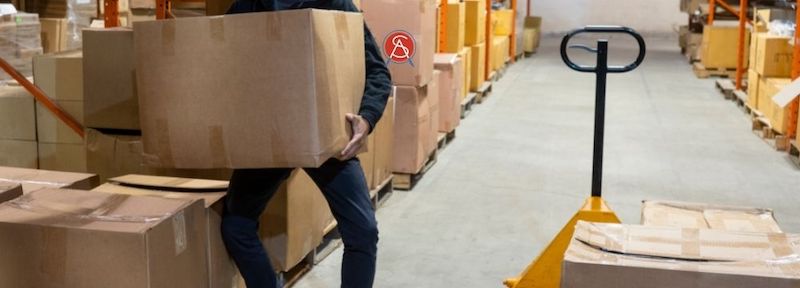
The concept of chronic pain after an inguinal hernia repair is a topic of much debate. There are two main questions:
- What is the actual incidence of chronic pain after hernia repair?
- What is the cause of chronic pain after a hernia repair?
As always, it is essential to define the problem. Chronic hernia pain is continuous pain for three or more months after surgery. Affected patients may experience various pain levels, from mild to severe. The overall incidence is low in our practice. To decrease the risk, we should discuss the causes.
- Pre-operative pain in the hernia is a concern for post-op pain. The incidence of post-op chronic pain is very clearly related to the pre-operative severity of the hernia, including the amount of pain, and the complexity of the hernia repair. We can be relatively confident that the primary cause of this pain is damage or irritation to nerves in the area of the hernia, as a result of the tissue prolapse. The hope is that with the repair, we will mitigate this pain by decreasing nerve irritation.
- Patient factors also contribute to the likelihood of post-op pain. The younger patient with a long-standing hernia with pre-existing chronic pain problems is at risk for post-op pain problems. This should be discussed with our surgeons pre-operatively. There are techniques to lower the post-op difficulties with pain when forewarned.
- Intra-operative attention to detail is essential to reduce chronic pain complaints. We do know that systematic identification of the nerves in the groin is associated with fewer nerve injuries during surgery. This requires careful operative techniques to maximize post-operative outcomes and minimize potential nerve irritation. Furthermore, the selection and placement of mesh and the method of attaching the mesh to the surrounding tissues can contribute to irritation or nerve damage. Improvements in mesh technology and affixation methods have evolved, leading to better outcomes. A variety of methods now exist, allowing our surgeons to choose the best way to insert and secure mesh for repair, taking into account the anatomy and the probable post-op result. Gone are the days of mass suture ligation of hernias under tension. Tension free hernia repair is now the norm in our practice.
- How pain is addressed after surgery can also affect the incidence of chronic pain. All of the above tenets are not helpful unless we address post-op pain, beginning in the OR and recovery. An individualized approach is best for our patients – depending on each patient’s level of discomfort and addressing as appropriate. Close observation of physical restrictions and return to full activity can and should help reduce chronic pain complaints. We also frequently use abdominal binder dressings to help with mobility and decrease pain with movement.
- For a variety of well-known reasons, open hernia repairs are associated with a greater chance of chronic pain than laparoscopic repairs. This includes the use of the open technique for more challenging and possibly recurrent hernias, as well as the need for larger areas of dissection for repair in larger hernias. Fortunately, even with recurrence and large hernias, our practice has the option of using laparoscopy and robotics with smaller incisions in the abdomen, even with recurrent and larger hernias in many cases (though not all). Open repairs are occasionally required and as always, the main concern is a lasting hernia repair to deal with the problem!
Treating Chronic Pain
Chronic pain is treatable, and addressing it is a top priority. Patients should monitor their pain levels and not be ashamed to address this with their doctor should the pain persist. Most patients will find that their chronic pain will resolve, albeit slowly, over time. Others will see that their pain diminishes to the point of being hardly noticeable. A balanced approach with oral meds, possibly injected agents, and local physical therapy can help most patients. A small number of patients will experience continued chronic pain that can be severe despite conservative medical treatments. Extremely rarely, patients may require repeat surgery. The most common cause of repeat surgery is recurrence of the hernia. In these cases, the main concern is to identify why the prior repair failed. If mesh was used, the reason for failure needs to be ascertained to evaluate for possible mesh removal. Please note that re-operation is uncommon and represents a last resort when all other pain management measures have been exhausted.
How We Address the Issue of Chronic Pain
- Therefore, we suggest that patients with symptomatic hernias be addressed quickly. This is especially true for younger, healthy patients.
- Because of the number of nerves that run through the abdomen, we use all practical precautions to ensure that we do not irritate, pinch, or damage any of these nerves during the procedure.
- Surgical experience is also related to chronic pain complications. The more experienced the surgeon, the lower the risk of developing complications, including chronic pain. Our surgeons are highly trained and skilled at hernia repair.
- Mesh selection is critical. Properly sizing the mesh to the defect and using modern lightweight meshes have reduced the incidence of recurrence and chronic pain.
The bottom line is that a discussion about chronic pain is undoubtedly warranted. While it is not entirely avoidable, patients should understand its risk factors and what they can do to minimize the chance of developing an issue.



